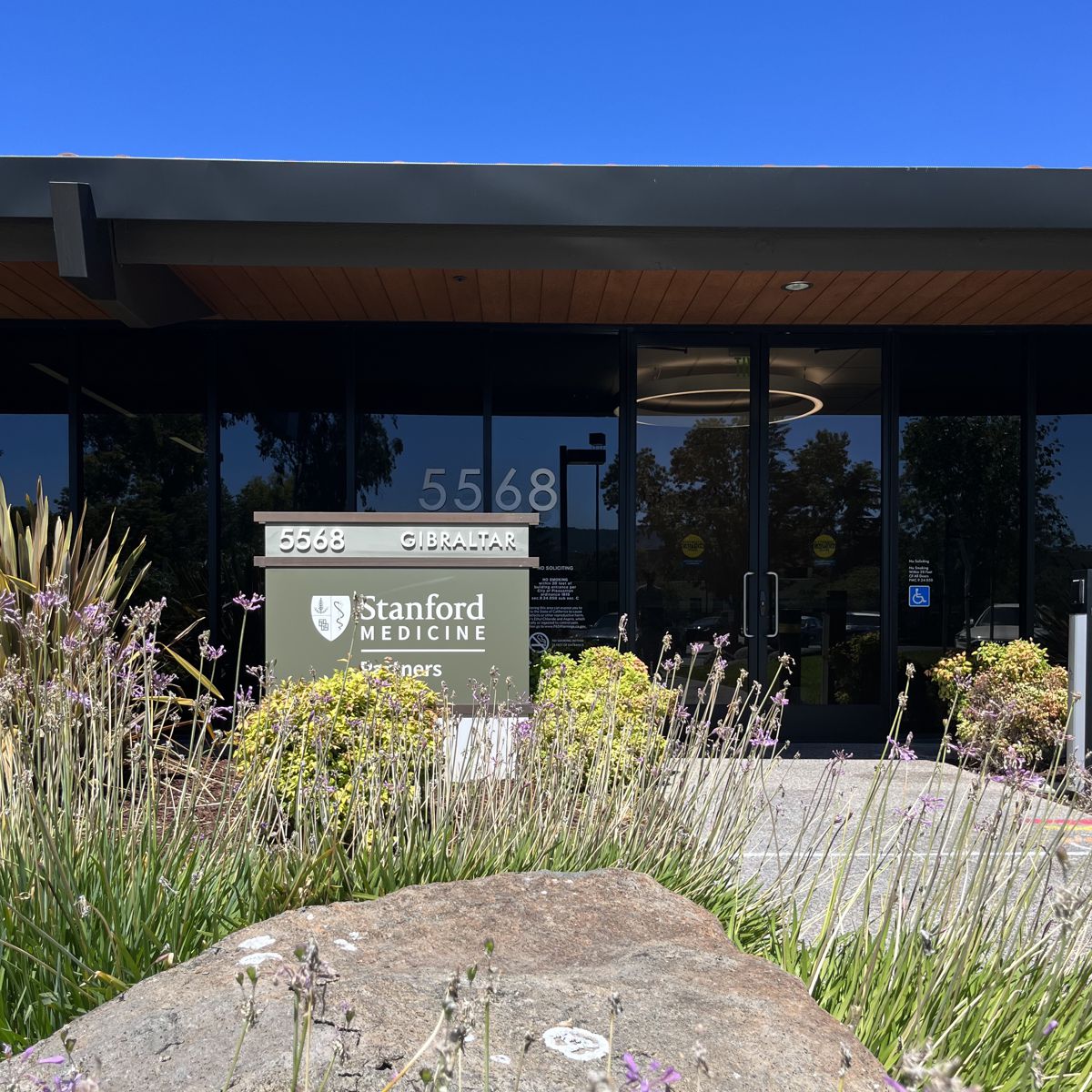Stanford Health Care Tri-Valley Celebrates 10 Years, Plans Expansion
Stanford Health Care Tri-Valley Celebrates 10 Years, Plans Expansion

In 2015, the ValleyCare Health System merged with Stanford Medicine and was eventually renamed Stanford Health Care Tri-Valley. Since that time, the Tri-Valley has benefitted from the organization's growing presence at Hacienda and elsewhere in the region. With community support, the hospital was certified as a primary stroke center in the autumn of 2019.
That is just one example of the importance of the organization to Pleasanton and the region. Stanford Health Care Tri-Valley provides a variety of cutting-edge approaches to illness and injury, while also working to improve outcomes for its future patients. Executives say that 14 studies in various specialties, including hospital medicine, infectious disease, orthopaedics, cardiothoracic surgery and vascular surgery, "have been initiated or completed" at Stanford Health Care Tri-Valley.
Improvements to the facilities are ongoing. The 200,000-square-foot facility in the Hacienda Lakes complex that was purchased in 2022, "currently houses a Stanford Medicine Partners clinic and will be the home to Tri-Valley's family medicine residency program, with its first interns starting in June 2025," according to writer Christina Hendry in an article published by Stanford Health Care Tri-Valley. "With 22 exam rooms, a procedure room, osteopathic manipulation therapy table, and point-of-care ultrasound machines, the site expands much-needed patient access to primary care."
Additional expansion plans, including an ambulatory surgery center scheduled to open in summer 2027, are in development. They include a much-need expansion to the 5555 West Las Positas Boulevard facility. The Stanford Health Care Tri-Valley campus hosts one of only two emergency departments in the Tri-Valley. In late May, the Pleasanton Planning Commission unanimously approved an application for Stanford Health Care Tri-Valley to construct a three-story building addition of approximately 66,000 square feet and related site improvements.
Planning Commissioners were told by Mino Sastry, the interim CEO and President of the health care facility, that the new building will "expand the footprint of our emergency department, provide critical support services for the hospital and ensure resiliency in the event of a major earthquake or natural disaster," according to Pleasanton Weekly reporter Christian Trujano. The building addition is expected to be finished in mid-2028.
Hendry notes that the organization "remains committed to driving medical innovation, research, and education. Patients can conveniently access advanced diagnostic and cutting-edge treatment technologies such as robotic bronchoscopy for early lung cancer diagnosis and a new device to prevent reherniated spinal discs."
Over the past 10 years, Stanford Medicine has accomplished a great deal. In addition to opening its primary stroke center, the organization has also opened or expanded other specialty centers. They include the Heart and Vascular Clinic Pleasanton, Orthopaedics and Sports Medicine in Pleasanton, and Stanford Medicine Cancer Center in Pleasanton.
The Heart and Vascular Clinic Pleasanton gives patients access to "nationally recognized leaders in cardiovascular care specialize in preventing, diagnosing, and treating all types of heart disease and vascular disorders — with more advanced services coming soon," Hendry writes. Orthopaedics and Sports Medicine in Pleasanton expanded to house a second X-ray unit and six new exam rooms. The clinic "now offers convenient access to specialized care and advanced treatment for a wide range of orthopaedic injuries and conditions." A scheduled expansion for the Stanford Medicine Cancer Center in Pleasanton will "double the infusion area capacity and increase patient access to personalized treatment and comprehensive care for a range of cancers."
In celebrating this milestone, executives have expressed gratitude to residents. "Their support in approving the affiliation with Stanford Medicine in 2015 has been instrumental in shaping the health care landscape we enjoy today," according to Rick Shumway, Executive Vice President and Chief Operating Officer of Stanford Health Care. "The progress we see in the Tri-Valley is a testament to their commitment and foresight."
For more information about Stanford Health Care Tri-Valley, please visit stanfordhealthcare.org/tri-valley.




